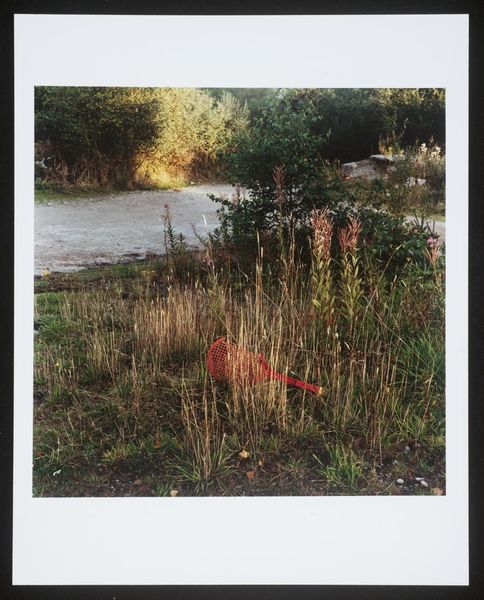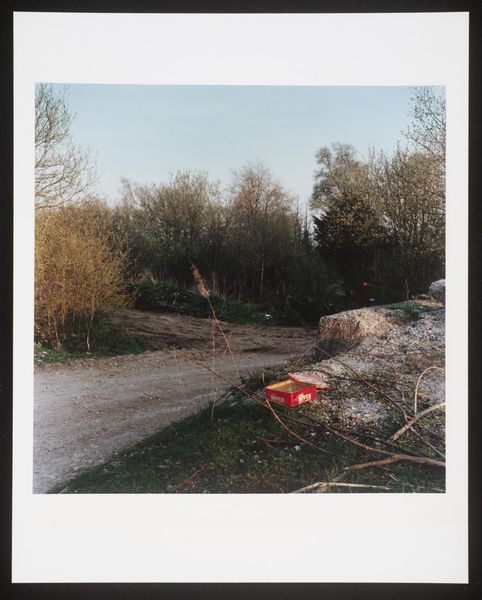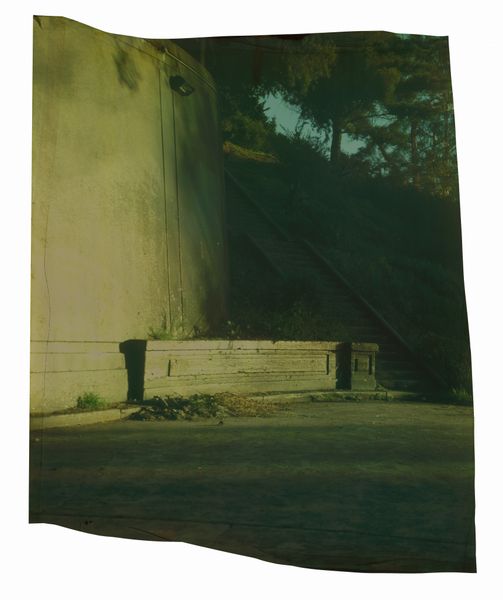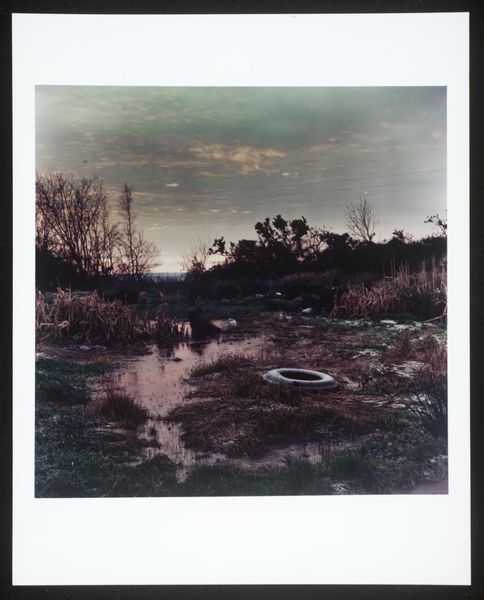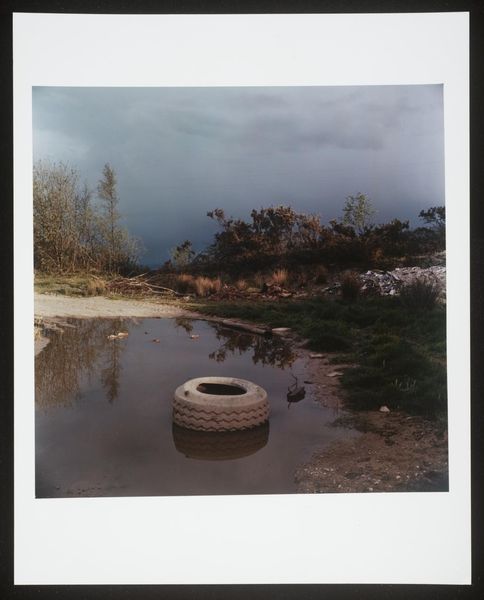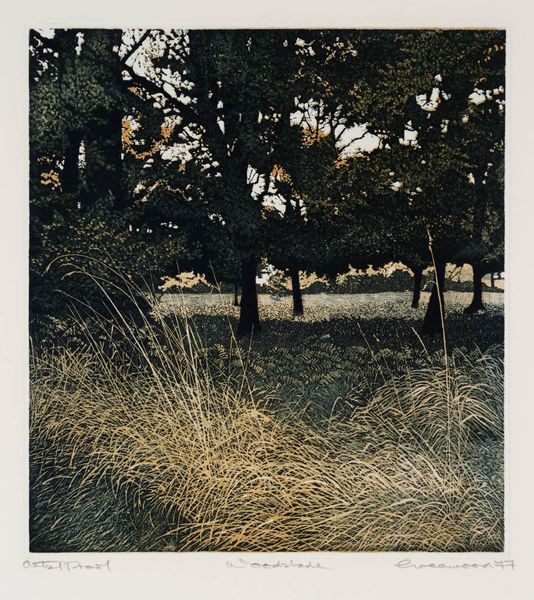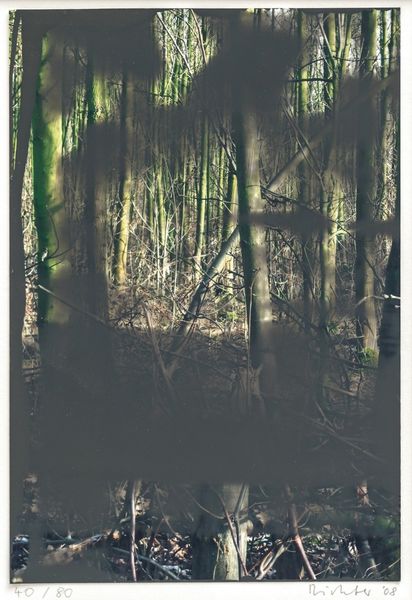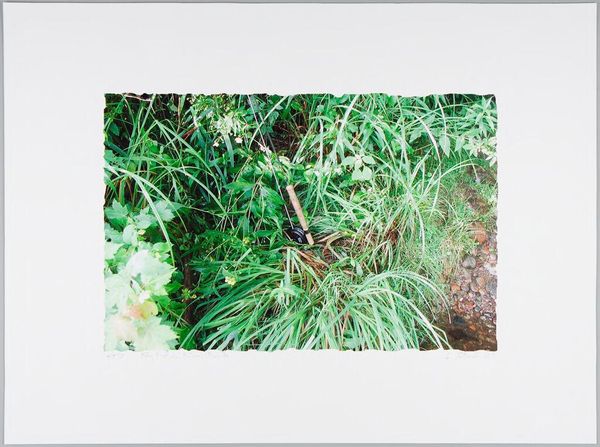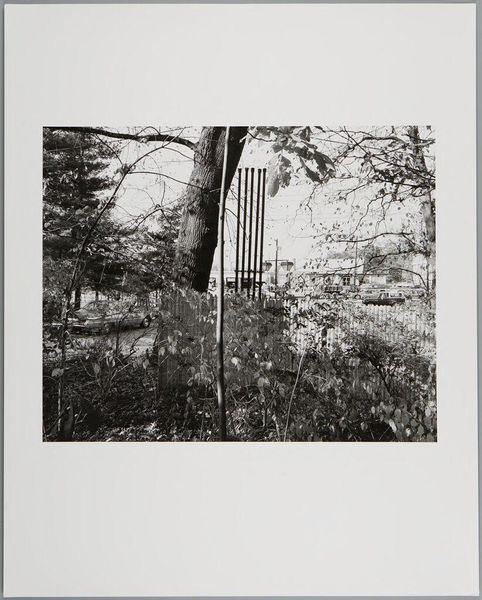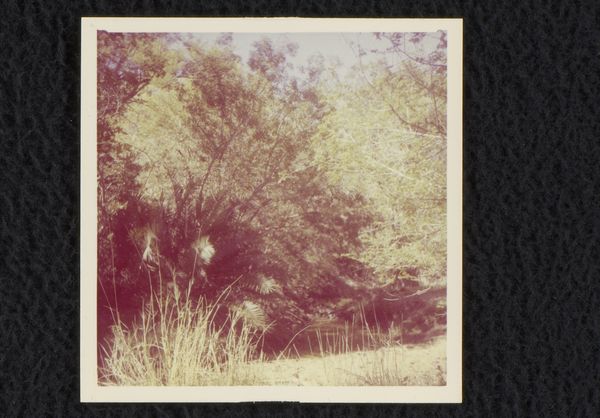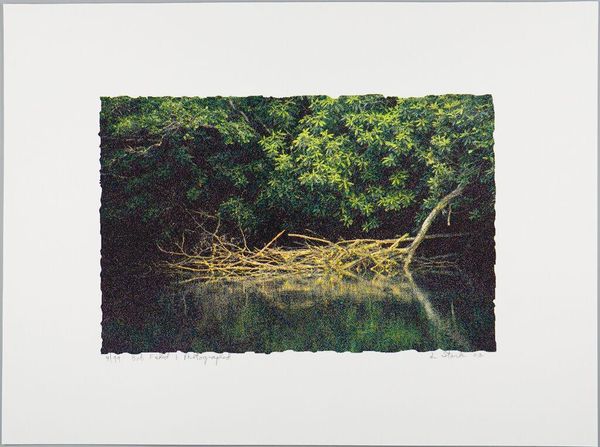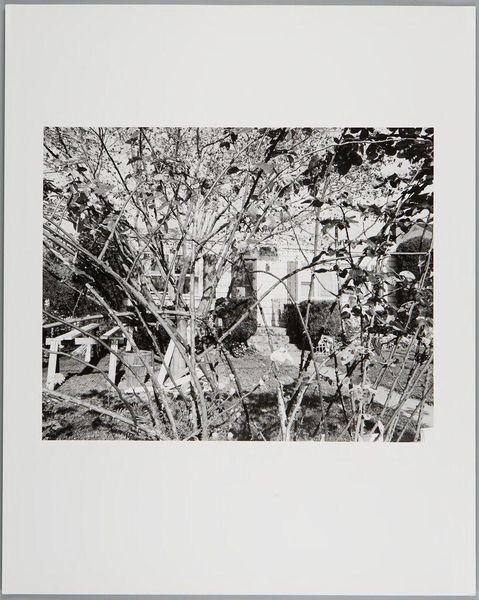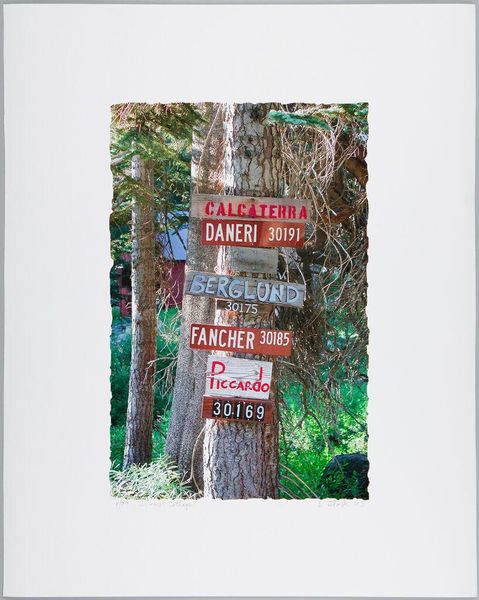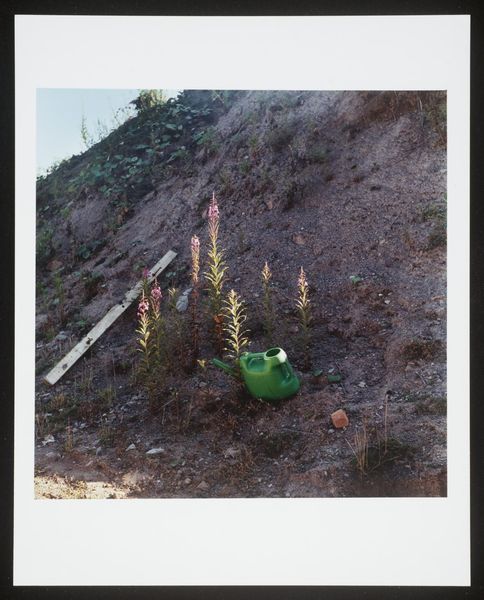
Dimensions: support: 254 x 202 mm
Copyright: © The estate of Keith Arnatt | CC-BY-NC-ND 4.0 DEED, Photo: Tate
Editor: Here we have Keith Arnatt's photograph, "Miss Grace's Lane." A discarded plastic bag sits amongst wild vegetation. I find the intrusion of manufactured waste into the natural landscape striking. What’s your perspective on this piece? Curator: It's fascinating how Arnatt draws attention to the materiality of waste and its relationship to the production and consumption cycle. The bright plastic bag—presumably from a supermarket—caught in this overgrown lane becomes a stark symbol of that cycle's impact. Editor: So, you're saying it's about more than just litter; it's about the whole system? Curator: Precisely. It challenges our notions of landscape photography, forcing us to confront the discarded remnants of our material culture. Editor: I see, Arnatt's work makes me reflect on our impact on the land. Curator: Indeed, it's a powerful commentary.
Comments
tatebritain 7 months ago
⋮
http://www.tate.org.uk/art/artworks/arnatt-miss-graces-lane-t13155
Join the conversation
Join millions of artists and users on Artera today and experience the ultimate creative platform.
tatebritain 7 months ago
⋮
In Miss Grace’s Lane, Keith Arnatt presents natural beauty and environmental degradation side by side. ‘I am very fond of paradox’, the artist notes. Using his camera to achieve a large depth of field, Arnatt gives equal importance to all elements, setting out to create ‘pictures which are not chaotic out of chaos’. One image shows rubbish strewn across the English landscape, bathed in soft, golden hour light. The series references Romanticism, the nineteenth-century art movement inspired by human psychology, personal expression and the natural world. Arnatt parodies the sublime landscapes of British painters like Samuel Palmer (1805–1881), combining the picturesque and the polluted. Gallery label, November 2024
